The pair of nosy, lean pointers had worked together much of the morning, scouring varying mazes of underbrush and shinery in search of crafty ringnecks.
The pheasants had cooperated more times than not on the frigid Panhandle morning, often holding tight rather than scurrying out of range and breaking cover in the distance. As the orange-clad line of hunters waded through a sea of corn stubble adjacent to a CRP field, the dogs continued scaring up roosters while having a heck of a time doing it.
Near the end of the field, the canines sent a long-tailed bird skyward and a bevy of lead followed. Almost in slow motion, the crippled bird came back to earth, but not quick enough to keep one hunter from following up his initial pulls of the trigger. At the same instant, one of the pups sprang up out of instinct to snare the fluttering rooster.
The result could have been devastating had the dog been a hop, skip and a jump away from the blast, but because the pup was half a football field out, he didn’t suffer mortal wounds from the cluster of bird shot that whacked him in the haunches.
With wingshooting seasons underway, there undoubtedly have been thousands of pointers, setters and retrievers released from dog boxes in the back of pickups and SUVs as hunters pursue everything from ducks and geese to quail and pheasants. And though most hunters could never imagine harming their’s or someone else’s bird dog, more often than not the biggest hazard a canine will face in the field can be inflicted by those they wish to please.
That’s not to say there aren’t other things that can leave a mark. When you go about your business with your nose a foot above the ground, there’s plenty of hazards to get into that can be detrimental to your health. From unforgiving cactus, mesquite thorns and barbed wire to snakes, skunks and coyotes, a bird dog usually can find something that will bite back. I’ve seen bird dogs caked in dust and grit from head to toe with scratches and cuts on their ears and tails that would make most people curl up in a fetal position. But they trudge on, ignoring a myriad of bumps and bruises in the spirit of the hunt.
That being said, dogs can’t tell you where it hurts, so it’s always good procedure to stop every once in a while to check a pup for anything that might be more than just a scratch. Most hunting dogs get caught up in the moment, so it’s also good to watch their body language, especially if they seem bashful in situations where they usually aren’t.
Make it a habit to check a bird dog’s feet often in the field to make sure their paws are free of debris or sharp vegetation. It’s best to keep the hair around paw pads trimmed as short as possible, especially if you’re hunting in and around snow and ice in the Panhandle or farther north. An accumulation of ice or stickers can cut a dog’s feet, which in turn will cut their hunt short.
While nicks and scrapes happen, they can be patched up and quickly healed with proper care. The best thing to do is stock up on supplies that can remedy any number of relatively small problems. One of the most important things to bring is a hearty supply of water, which can be used to clean out minor wounds, wash noses and eyes and provide a much-needed drink. However, try to avoid giving a dog ice-cold water after a run as they could become sick.
Other items to bring are non-stick gauze, duct tape, antibacterial ointment, nail clippers, tweezers, a blanket and towels. Companies such as Outdoor Safety market field dog first-aid kits that are relatively inexpensive and provide the essentials for non-life-threatening situations.
Bird dogs with shorter coats are more susceptible to the effects of cold weather, so if you are out in icy temperatures for extended periods, pay extra attention to symptoms of hypothermia, which include sluggish, uncoordinated movements. If there’s any concern, get your dog into a warm environment such as the cab of a pickup and wrap them with blankets or coats.
While cuts and gashes are certain in every bird dog’s field life, the easiest way to avoid accidents involving firearms and dogs is to err on the side of caution and establish and stick to set parameters. These can be things such as not shooting at low-flying birds or having only one person call the shots.
I’ve heard too many stories of bird dogs that were shot because someone got caught up in the heat of a covey flush or simply didn’t follow firearm safety techniques. On many upland game bird excursions, a dog can disappear and reappear at the drop of a hat as they work a variety of cover. One of the best ways to prevent accidents is to have some type of blaze orange on their body, from a collar to a vest, that will help you and other hunters spot them easily.
It’s prime time for tales of wagging tails and flights of fancy as a new year has turned itself over. With a little care, you and your hunting buddy will continue to enjoy every moment.




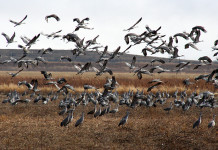
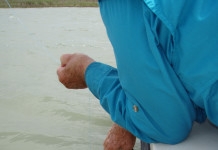
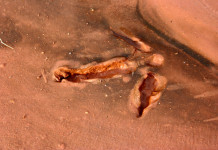
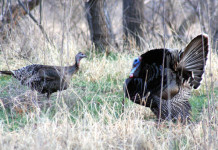
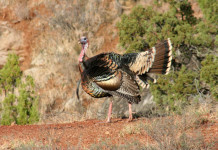








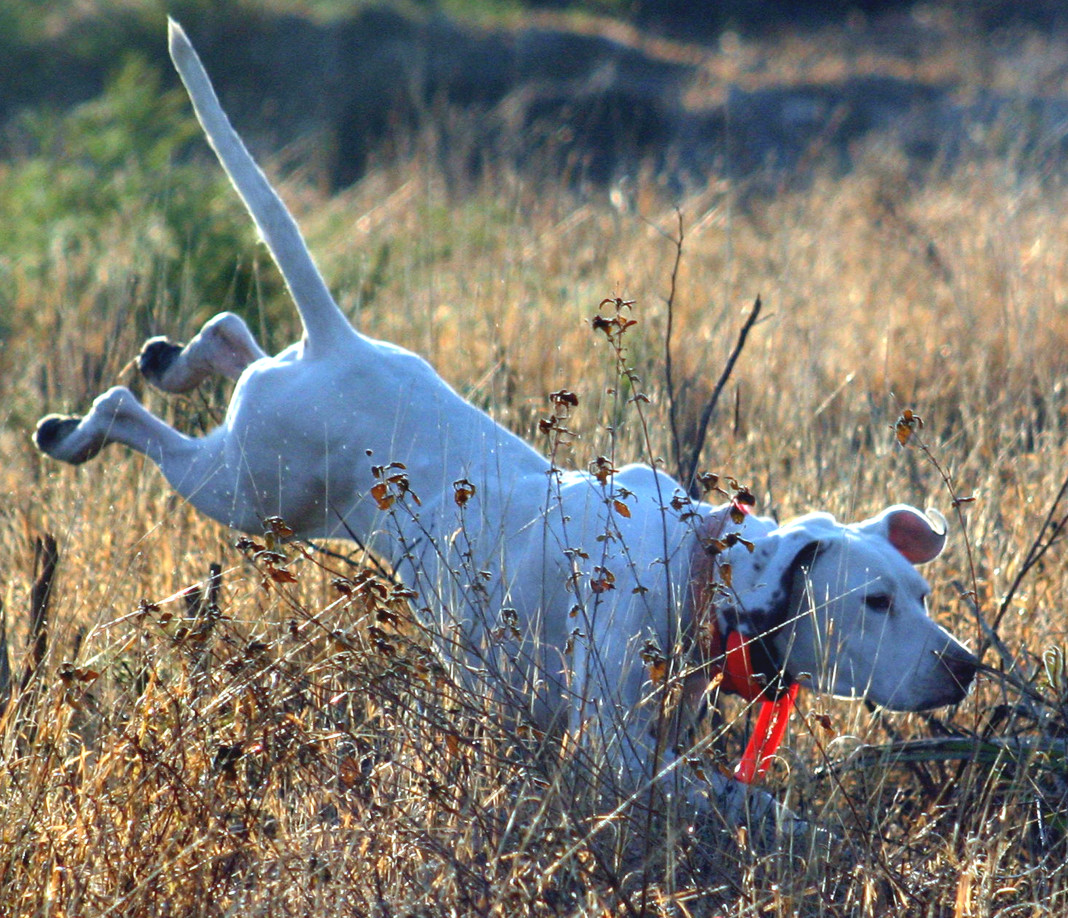
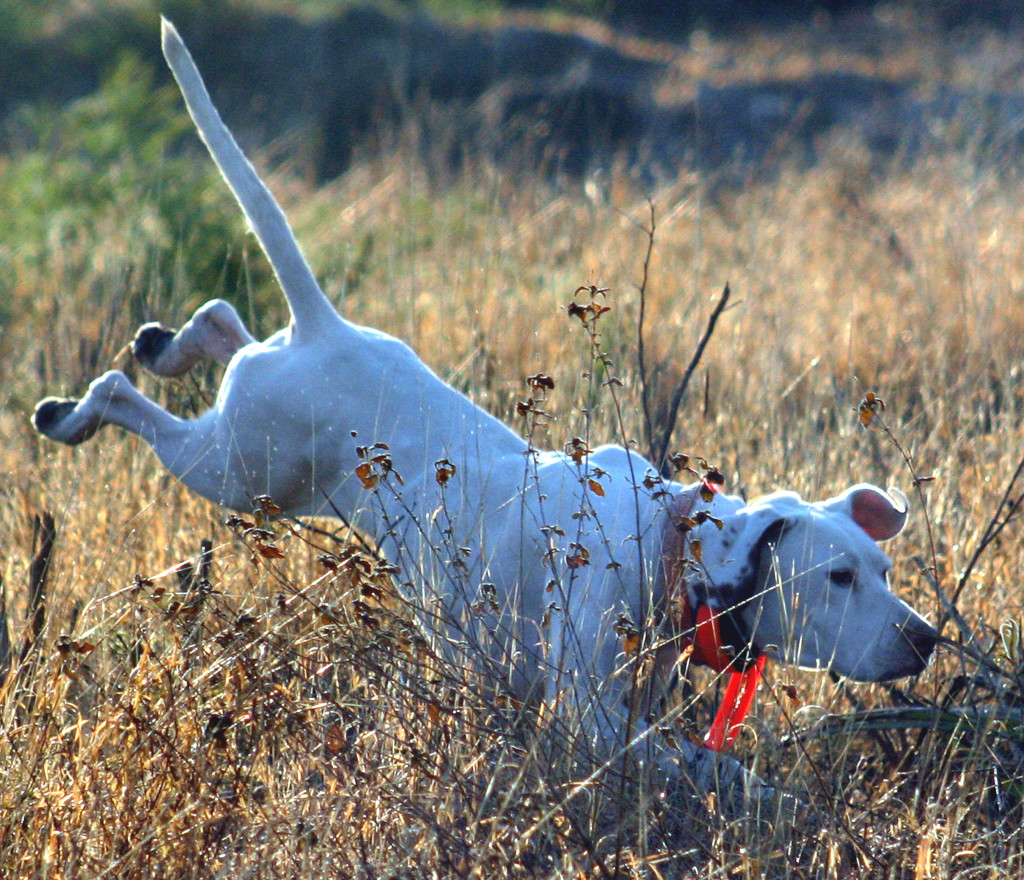
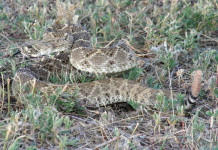
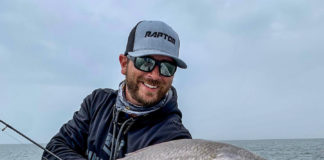
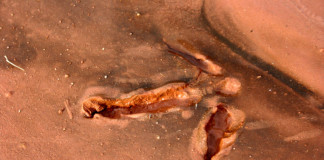
It ‘s really great to know.Thank you for sharing.